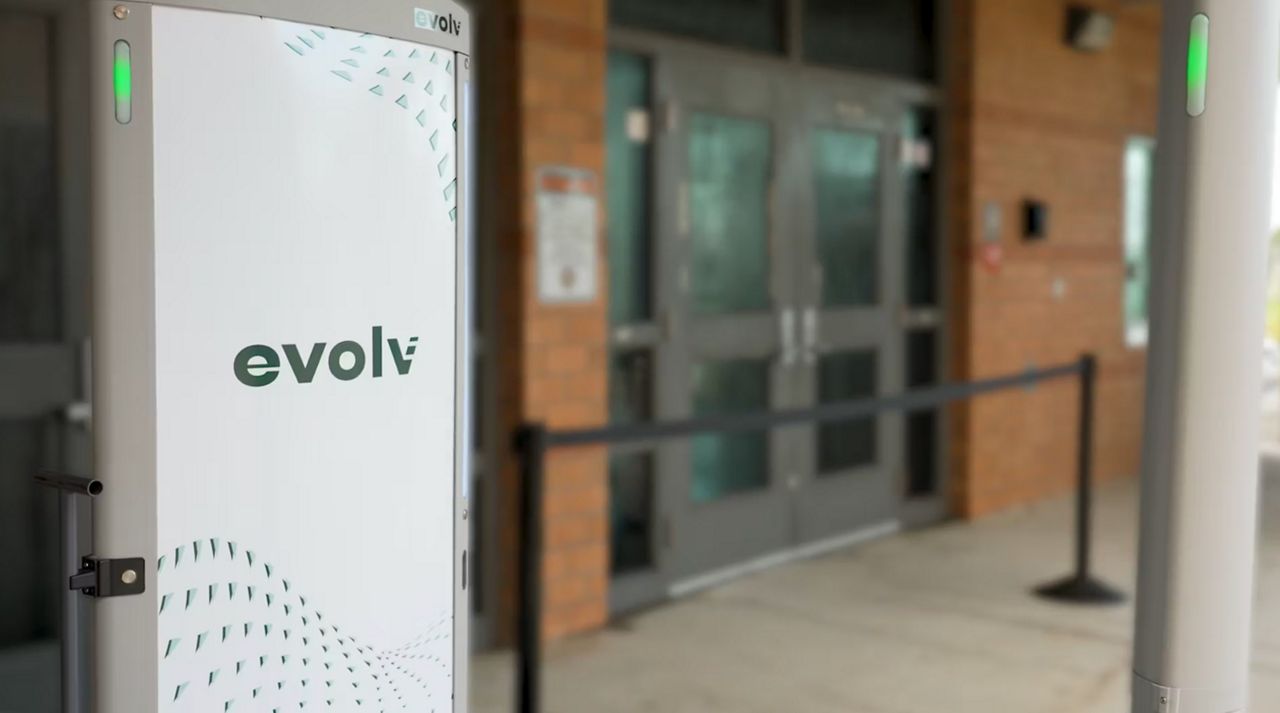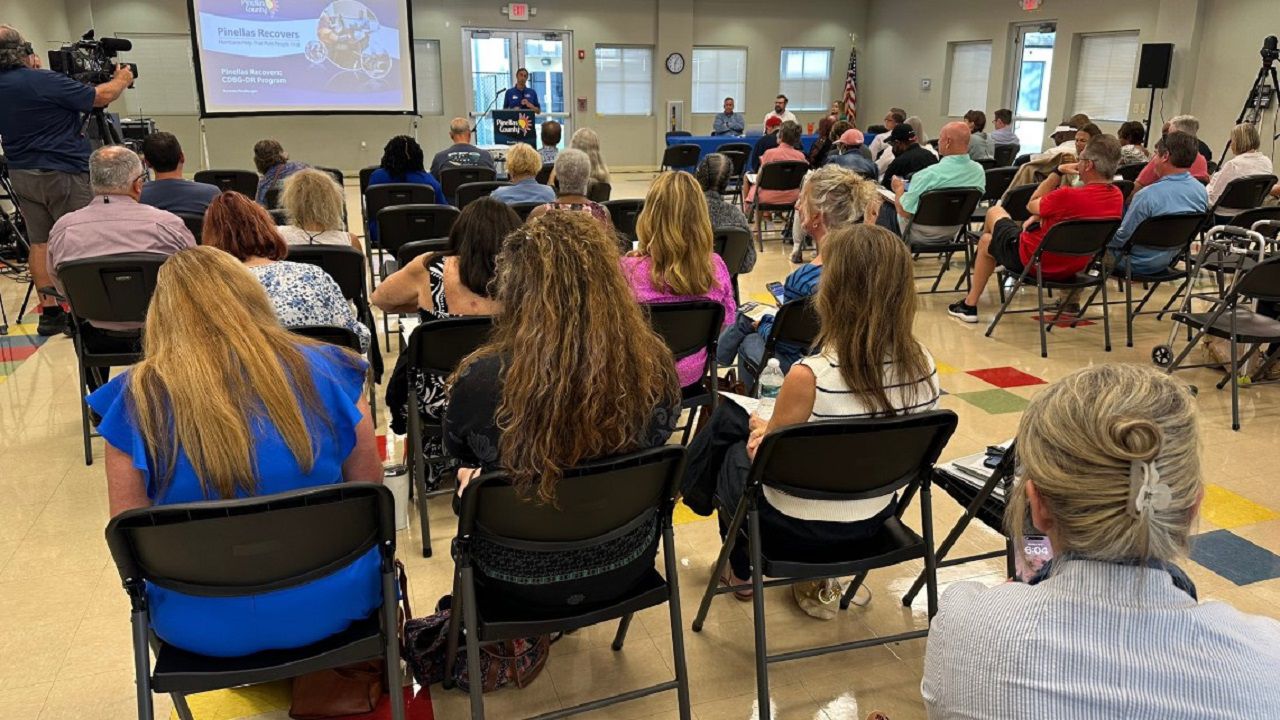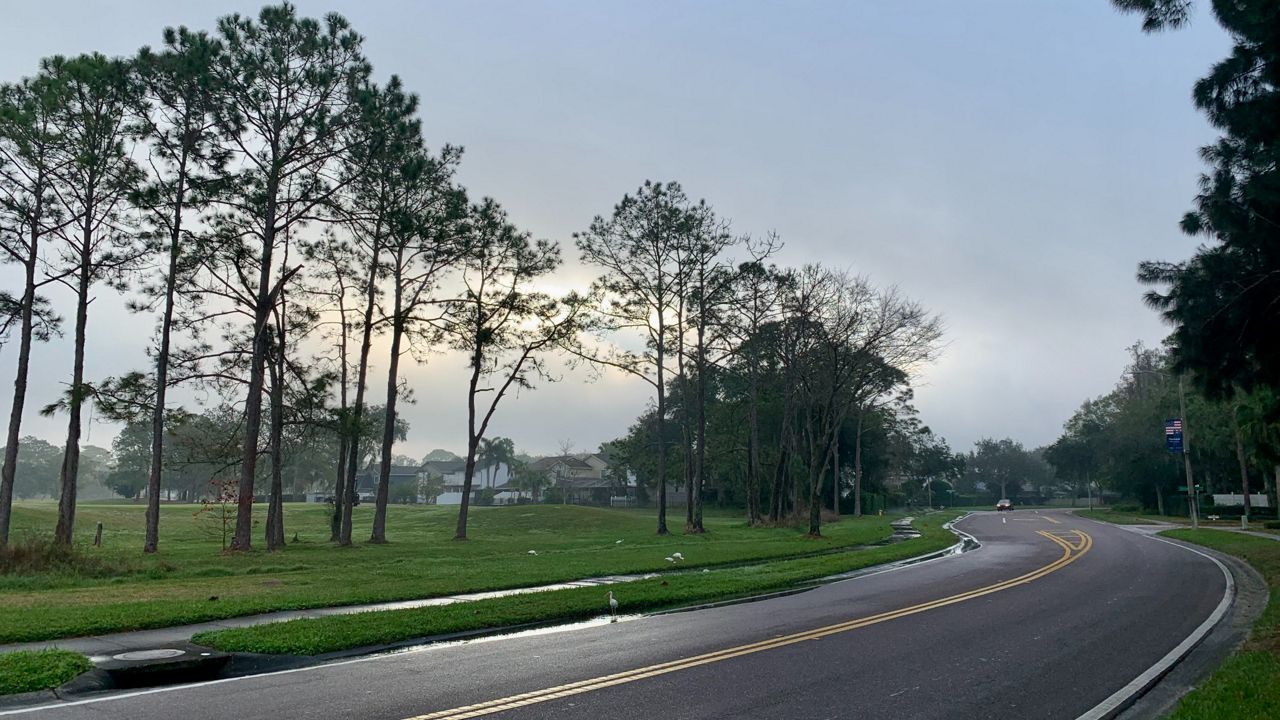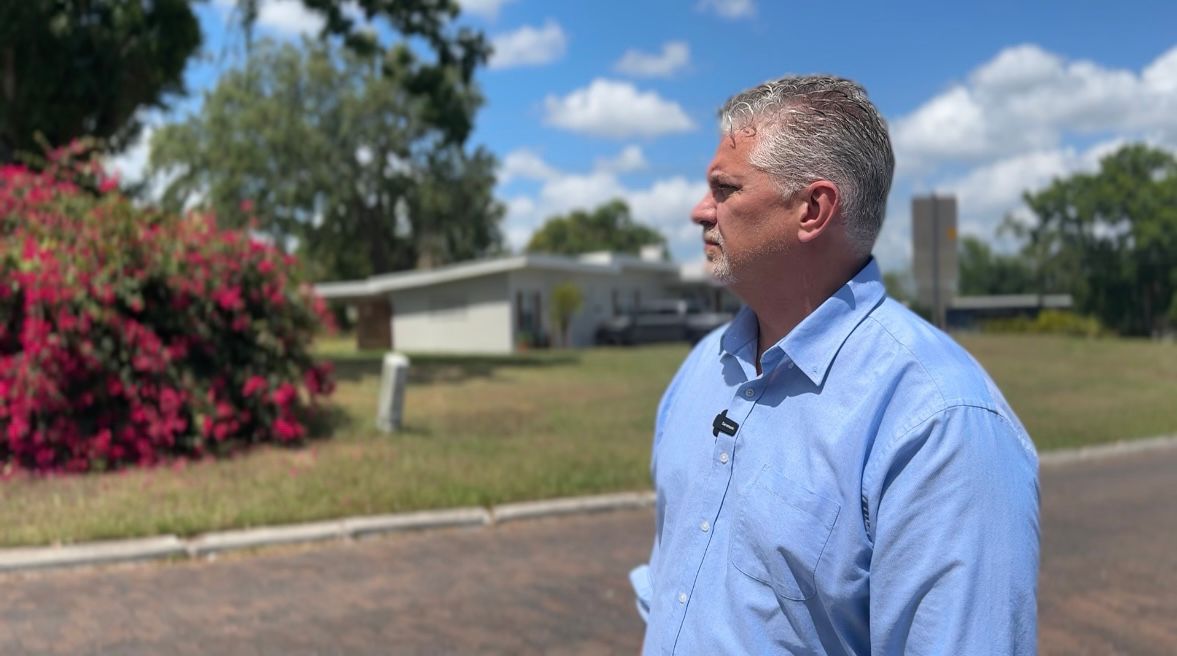CLEARWATER, Fla. — The city of Clearwater will spend up to $100 million to mitigate flooding in the North Beach neighborhood where about a dozen homes were inundated with stormwater twice last year, according to Public Works Director Marcus Williamson.
“We’re seeing more intense storms,” he said. “We’re seeing higher tides.”
Public Works has added eight temporary pumps to the neighborhood since those back-to-back flood events, when Hurricane Idalia brushed by the area in August and a “no-name” storm hit in December.
Previously, North Beach had one permanent stormwater pump, but Williamson said the master plan calls for five more permanent pumps to be added over the next few years.
“We’ll keep leveraging the temporary pumps,” he said. “The goal is help us through these storms until we can build out the full network.”
Less than two years ago, Williamson said the city began installing new Tideflex check valves on all nine stormwater laterals in the neighborhood. Currently, four more valves still need to be installed. It’s all part of the North Beach master plan, which was developed in 2022.
“That master plan identified a bunch of pipe size increases that needed to happen,” said Williamson. “A well as putting those permanent pumps in.”
Connecting and upsizing the old stormwater pipes beneath the streets will have to be done in phases. The construction work for the master plan, which is expected to cost between $70-$100 million, has been out to bid and will take five to seven years to complete, according to Williamson.
“We have to very strategically work the system,” he said. “That’s why we’re saying it’s going take a number of years.”
In the meantime, residents can help by making sure contractors keep debris away from the storm drains. Williamson said drains clogged with debris and a lack of maintenance contributed to the neighborhood draining slowly during the storms.
“We’ve got concrete down in there, we’ve got all sorts of pool debris, as well as landscaping,” he said. “The Tideflex valve … the biggest way that they fail are usually limbs, twigs, branches.”
Public works will also be increasing communication with residents to keep them updated about the project, Williamson said.
“We’re going to establish a web page so we can help steer residents to the latest information that will be out there,” he said. “Provide a lot of these updates because we recognize everyone’s thirsty for what are you doing.”
Williamson, who has only been on the job for a year, said the ultimate solution to the flooding problem will be to get low-lying residents to raise their homes.
“We really need those homeowners to start elevating their homes so we can raise the roads and get more of that elevation that we need,” he said. “I think it’s the new norm that we’re going to start to see in all of these low-lying communities.”
Regardless, Williamson said North Beach residents will be better off this season with the improvements already underway.
“The system is definitely flowing much better,” he said. “It will help with the recovery, with all of these pumps out here.”
Williamson said U.S. Rep. Anna Paulina Luna secured a $1.75 million grant to help pay for the project.









